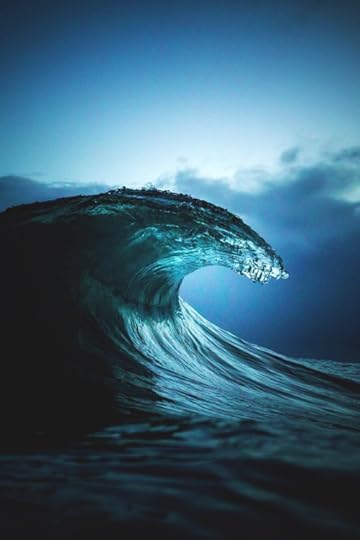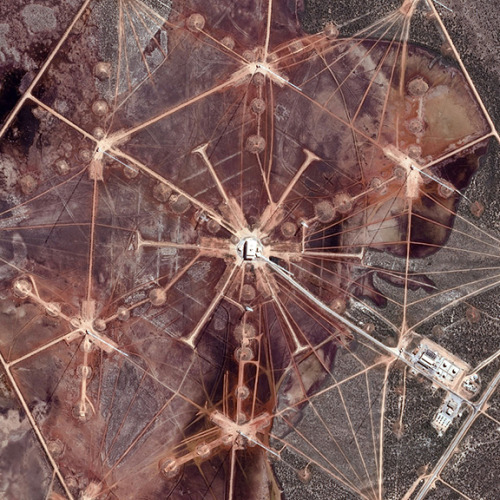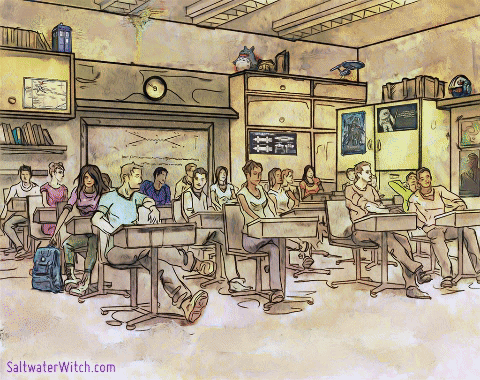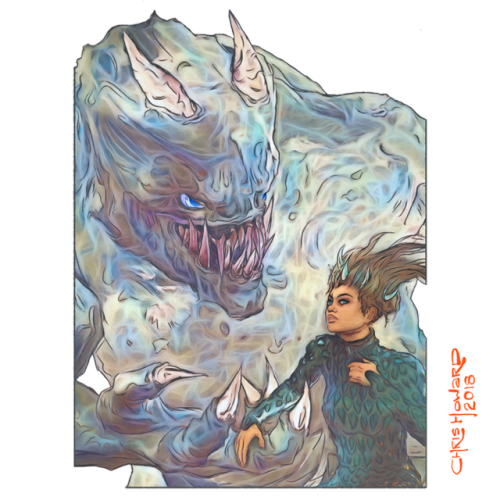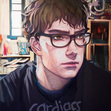Chris Howard's Blog, page 74
January 27, 2018
lsleofskye:California | beaujohnstonimagery
January 24, 2018
I went through FineArtAmerica to test out printing my...
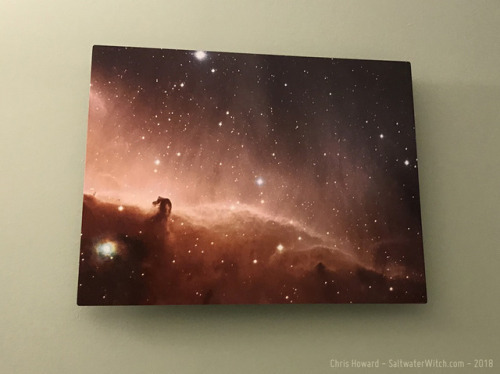
I went through FineArtAmerica to test out printing my astrophotography, and I’m impressed with the quality of my Horsehead Nebula image (http://saltwaterwitch.com/astronomy/). I did some research on CloudyNights and other astronomy forums. The clear choice was printing on aluminum, which is becoming more commmon. The style I have here has a nicely crafted wooden frame about half the size of the 11x14" aluminum sheet, and makes it look like the whole thing is floating off the wall. Very nice. I’ll be adding more, but check out the Horsehead Nebula here: https://fineartamerica.com/featured/horsehead-nebula-chris-howard.html
This is my “astro cart”, which allows me to get...
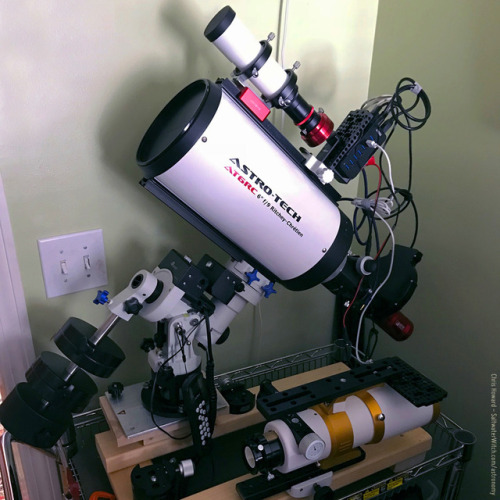
This is my “astro cart”, which allows me to get everything connected, bolted on, balanced, and ready to go while still in the house–before I go out in the freezing temps. I can roll it right up to the back door that leads out to the deck. One of the real advantages of the iOptron CEM25P is its light weight to carrying capacity specs. The lower total weight allows me to pick up this whole setup (OTA, camera, counter-weights and all) and carry it to the pier. (That’s my William Optics GT-81 APO next to the AstroTech, right side of the cart).
Getting ready for some potential clear skies tomorrow or the next day, and I’m doing the prep setup with the Atik414EX on the AstroTech RC scope–f/7.2 with the focal reducer/field flattener. I have some smaller targets picked out, and might even go back for more of the Horsehead nebula (with the RC’s longer focal length), as well as other interesting stuff in Orion.
Note on the iOptron CEM25P: The mount only weighs 10.4 lbs (4.7 kg), but has a payload capacity of 27 lbs (12.3 kg) without the counterweights. Total weight of the William Optics refractor, imaging train (Atik CCD, filter wheel, filters, and extensions), guide scope and camera, and various other gear ends up around 15 lbs (6.8 kg), and with the AstroTech it’s another 5 lbs, so still well under the 27. That’s where you’re going to get the best guiding and alignment results–not pushing that capacity boundary. (Just for comparison, my Orion Atlas EQ-G mount weighs 54 lbs (24.5 kg) just by itself, and has a payload capacity of 40 lbs(18 kg)–so yeah, it can carry more, but there’s no way I can handle setting up except when everything is in pieces).
January 20, 2018
mpdrolet:
Naval Communications Station Holt, 2014
Josh Begley
January 19, 2018
Some more #Seaborn art for an upcoming project....
January 17, 2018
Redrawing/reworking some older Seaborn art for a new project...
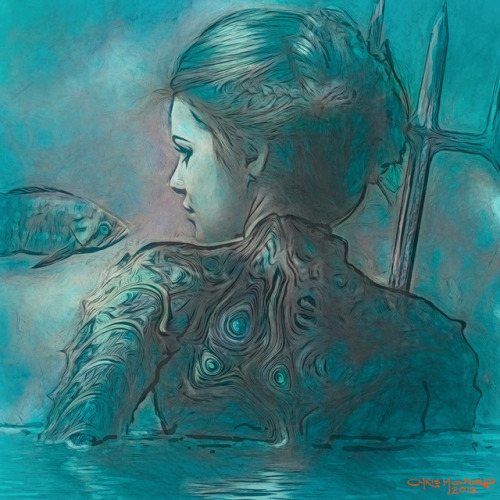
Redrawing/reworking some older Seaborn art for a new project I’ll tell you about shortly.
The Seaborn King from, well, all three books–and more....
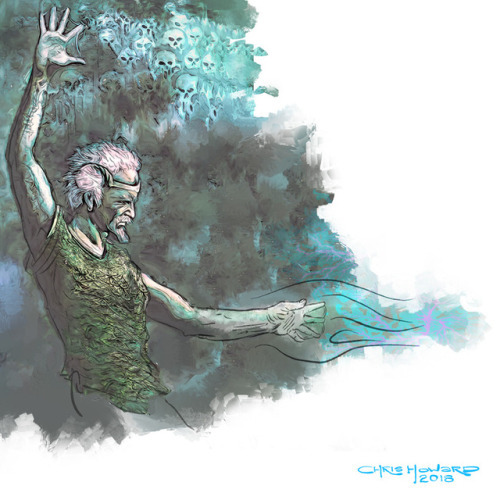
The Seaborn King from, well, all three books–and more. #Seaborn #SaltwaterWitch #SeaThrone http://SaltwaterWitch.com
January 15, 2018
Painting today–a character study for something I’m...
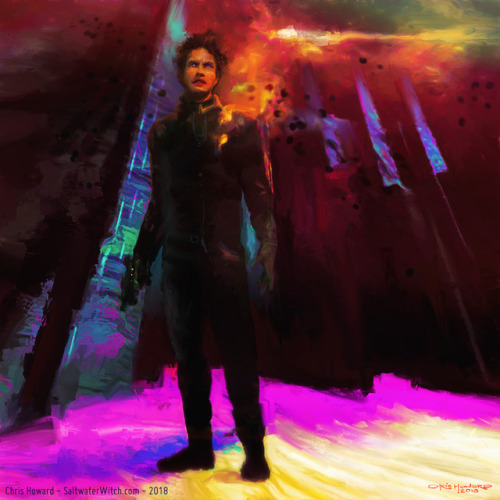
Painting today–a character study for something I’m working on. About four hours in #ArtRage 5. http://SaltwaterWitch.com
January 14, 2018
Astrophotography - Leveling Up: Something strange and wonderful...

Astrophotography - Leveling Up: Something strange and wonderful happened over the summer, and at the time I was wondering if it was a unique couple days. Well, it has continued, and looks like it’s here to stay. I seem to have made it to the next level. How do I know? Not only am I taking 20-minute subs with an Ha filter, they look good. Really good. Okay, so I’m not in the same set with the astrophotographers posting some of the really impressive dark nebulae, integrated flux nebulae (Yes, the mysterious IFN), and other deep sky objects out there on Astrobin and elsewhere, but I’m very happy with the images I’m getting out of my equipment. There’s a process we go through when we set out on this whole astronomy and astro imaging path–from beginner to wherever you are now. A process when we learn how to use new equipment, when we set up an equatorial mount, work through the intricacies of guiding, alignment, processing images, automating our gear with ASCOM or INDI—and whatever software you’re using on top of these protocols for observatory control.
We learn in different ways, but there’s one part of the process I’ve experienced four or five times over the last few years: one day you set up your EQ mount and OTA, you start everything up, your alignment process goes smoothly, you slew to your first target, focusing just works, plate solving and tracking have pinned your view down to the exact few arcseconds or degrees in the sky where you want to shoot, and suddenly you’re leaning back during 20-minute subs, thinking about things that—as someone who’s obsessed with astronomy—should be thinking about on a night out under the stars, like: isn’t it amazing that the light allowed through the really narrow bandpass of the Ha filter to touch the CCD sensor on my camera has travelled 23 million lightyears through 2.176 x 10^20 kilometers of interstellar space, through the earth’s atmosphere to get here–to get to the telescope and camera just I set up in my backyard. Or maybe you’re thinking, hey, the neighborhood around Cassiopeia and Cepheus really is a kick-ass part of the sky when it comes to interesting nebulae. It’ll be something like that.
That’s the day things just work, and from that day forward (apparently) they continue to work–for the most part. Things click effortlessly together, and you’re not thinking about problems with focusing, or why the guide camera keeps losing the guide star, or any of the thousand other pieces of the astro-imaging process that can ruin that night out under the stars. It’s as if you’ve leveled up. All the accumulated knowledge, failures, weirdness in the system you’ve experienced–all the troubleshooting you’ve done over the last few years has seeped into your brain to become automatized behavior. And stuff that was difficult a month ago is now second nature. It’s like that happy moment in a good D&D game when you add up the points and you’re suddenly a level 8 Paladin Astrophotographer.
It’s a damn good night. And don’t worry it this hasn’t happened yet–or recently. That only means that if you stick with this astro stuff you’ll level up soon. Even if you’d like to, you won’t forget the frustrations of last night–as time-consuming and apparently wasteful they may have appeared. You’re learning from them. You’re picking up details you may not even be aware of, and you’re packing them away for the next clear night.
Here’s to clear skies. Go find them!

